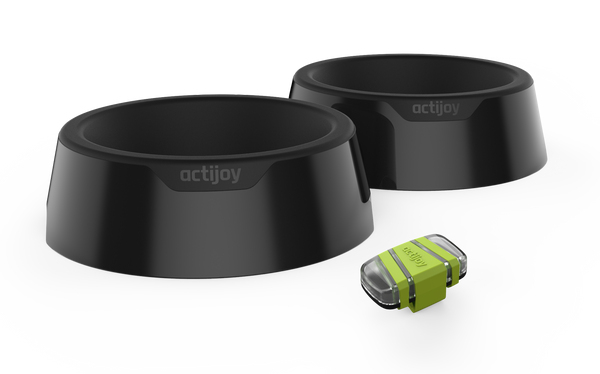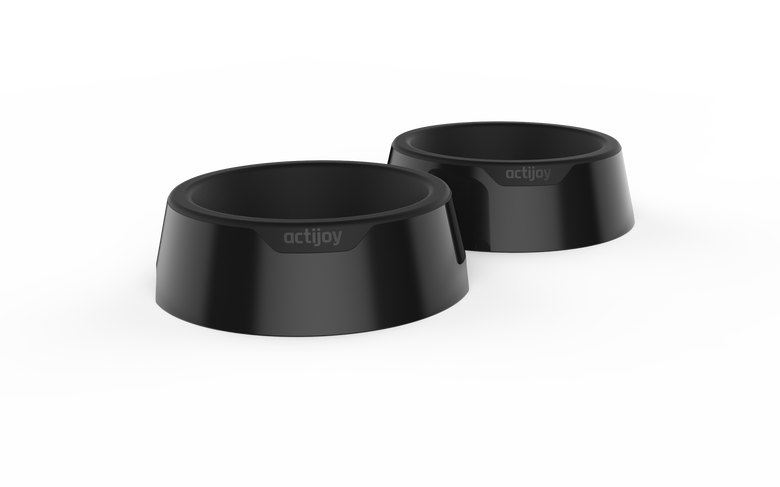How to Train a Dog Using Hand Signals

What is Hand Signal Training
A dog’s main form of communication revolves around visual body language cues, as opposed to vocal human speech. Using their tails, ear position, body stature, eye contact, and even fur, dogs can communicate their exact feelings immediately at any given time! They’re very good at reading these visual signals and body language cues from other animals.
With hand signal training, a dog trainer uses set hand signals to signify meanings, as opposed to verbal commands.
How to Teach a Dog Hand Signals
When teaching your dog hand signals, the objective is getting your dog to form associations between a specific hand signal, the command word for a behavior/action, and performing that action. The easiest way to start is by beginning with the verbal commands, and combining them with a certain hand signal once the dog understands the meaning of your verbal command, and what he’s being asked to do.
Sit: Example
Assume your dog already understands the verbal association between your command (Sit) and the action of sitting. Now you want to create an association between a set, particular hand signal, and sit. Using the exact same visual signal in the exact same way every time, simply add your visual signal every time you issue the command ‘sit’. Eventually, your dog will learn that that signal means ‘sit’, and your vocal command won’t be needed anymore.
- Immediately reinforce correct behaviors/associations with a treat and praise.
- Be consistent with your training, always using the same hand signal in the same way.
- Keep your hand signals simple.
Step One: Form association between verbal command and action
Step Two: Incorporate hand signal in addition to verbal command
Step Three: Dog forms association between action and hand signal; verbal command no longer needed
5 Most Common Hand Signals
Open Hand Down
Commonly seen coupled with the ‘sit’ command, this is a very simple and straightforward hand signal for your dog to pick up on! To begin this signal, move your hand toward the floor face down as you say ‘sit’.
Finger Point
This is a great hand signal to use with things like ‘kennel’, or to indicate direction!
Thumbs Up
The simple hand signal can be combined with praise or treats to let your dog know he did a good job!
Finger Point Down
Another great visual command to indicate ‘lie down’ or ‘off the furniture’, this one is self-explanatory for most people, and a simple idea.
Palm Hand Out
Putting your hand out, palm forward is a fantastic and popular visual cue to indicate ‘freeze’, stop or off.
Conclusion
Whatever your hand signal may be, remember your dog forms associations based on your training. Be consistent, always reinforce with rewards, and keep your hand signal training simple!
Do you want to know more about Training your dog? Subscribe to our newsletter to have the rest of this series delivered to your inbox!
Please note: all dogs should be treated as individuals. The Actijoy™ blog is for educational and entertainment purposes only. In the case of emergency, always seek qualified healthcare from a local veterinarian or emergency facility. Actijoy™ blogs are not designed to treat, diagnose, or prescribe medication for your pet.



